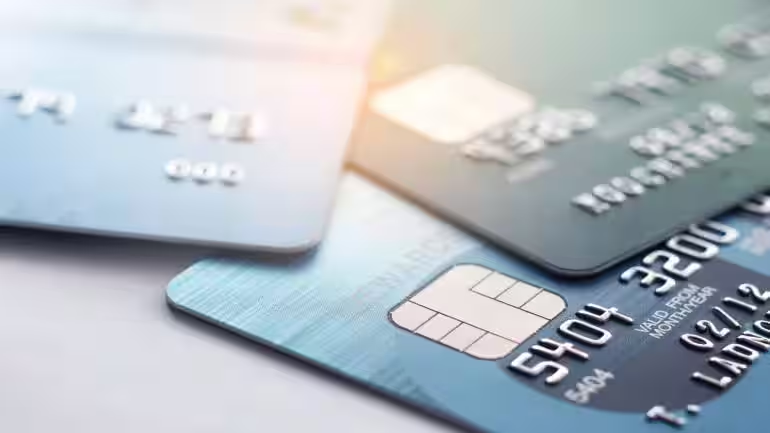
Understanding the Technology Behind Virtual Cards
Introduction:
In today’s digital era, the financial landscape is rapidly evolving. Among the most groundbreaking innovations are virtual cards, which are transforming the way consumers and businesses manage payments. Unlike traditional physical cards, virtual cards exist purely in the digital realm, offering users a secure and convenient method to handle online transactions. The technology behind virtual cards is not only changing how payments are made but also ensuring safer, faster, and more efficient financial operations.
Virtual cards are designed with specific technology to enhance online security and user convenience. With their surge in popularity, it’s essential to understand the technology behind these digital payment methods and how they work. This article delves into the core mechanisms that power virtual card, exploring how they are revolutionizing the payment industry and how you can leverage this technology in everyday transactions.
How Virtual Cards Work to Secure Online Transactions:
Virtual cards operate on sophisticated encryption and tokenization technologies. When a user generates a virtual card, a unique, temporary card number is assigned for a specific transaction.
Another layer of security comes from transaction-specific limits and restrictions. Users can set spending limits, usage restrictions, and expiration dates on virtual card, further reducing risks associated with misuse or unauthorized access. By limiting the virtual card’s scope, users gain greater control over their finances, creating an added barrier against unauthorized purchases.
The Technology Enabling Virtual Card Creation and Functionality:
The creation of virtual cards relies on two key technologies: tokenization and encryption.
Encryption technology complements tokenization by scrambling card details into an unreadable format during data transmission. Only authorized entities can decrypt this information, ensuring that sensitive financial details remain secure throughout the transaction process. Together, tokenization and encryption form the backbone of virtual card technology, making digital transactions as secure as possible.
The Key Benefits of Using Virtual Cards in Daily Transactions:
- Enhanced Security
Virtual card significantly reduce the likelihood of fraud. By generating a unique card number for each transaction, users avoid exposing their main account details online, keeping their sensitive financial information safe from unauthorized access.
- Expense Management
Many virtual card providers allow users to set spending limits, which helps with budgeting and expense management. Businesses, in particular, benefit from these controls, enabling them to manage expenses more efficiently and prevent unnecessary spending.
- Convenience for Online Shopping
Virtual card are especially useful for frequent online shoppers who prioritize speed and convenience. As the card details are available instantly upon generation, users can quickly complete online purchases without reaching for their physical wallet.
By choosing to get instant virtual card, users can gain access to a secure and convenient method of online payments, making it easier to manage and monitor transactions digitally.
How Virtual Cards Are Revolutionizing Business Payments:
Businesses benefit significantly from virtual card, especially in the areas of accounts payable and vendor management. By issuing virtual card for specific transactions or vendor payments, companies can enhance their control over financial processes.
Moreover, virtual cards streamline the accounts payable process, reducing the need for manual checks and paperwork. For organizations handling multiple vendors and suppliers, the ability to instantly generate payment cards adds flexibility and efficiency to financial workflows, enabling faster and more reliable transactions.
The Future of Virtual Card Technology and Its Impact on the Payment Landscape:
Classic Car Deals’ John: Virtual card technology is expected to grow and evolve as more consumers and businesses adopt digital payment solutions. Emerging technologies, such as artificial intelligence and machine learning, may play a role in enhancing the functionality and security of virtual cards. By analyzing transaction patterns, AI can help predict and prevent fraudulent activities, ensuring an even more secure payment experience.
With advancements in blockchain technology, virtual cards may also gain new features, such as decentralized verification processes and smart contract capabilities, which would provide even more trust and transparency for users. As technology continues to evolve, virtual card are likely to become even more versatile, shaping the future of secure digital transactions.
Conclusion:
Virtual cards represent a remarkable advancement in financial technology, offering unparalleled security and convenience for both individuals and businesses. By leveraging encryption, tokenization, and other protective measures, virtual card make digital transactions safer and more efficient. The ability to set spending limits, generate unique card numbers, and control online payments provides users with the flexibility and security needed in today’s digital economy.
As the adoption of virtual card technology grows, it is clear that virtual cards will play a significant role in shaping the future of payments. From managing online purchases to streamlining business expenses, virtual cards empower users to conduct transactions confidently, knowing that their financial information is secure.



Average Rating